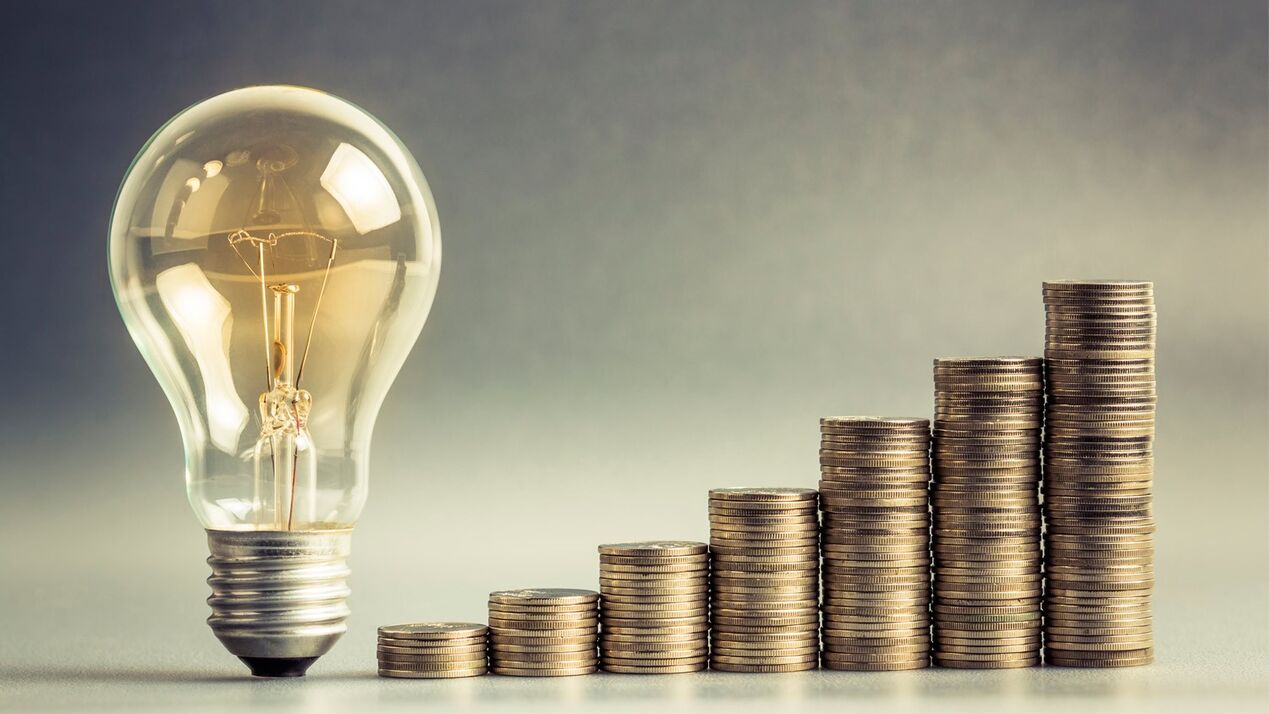Electricity is a resource used in all aspects of civilization. The price per kilowatt hour is steadily increasing and the need to reduce consumption is becoming more acute. Saving energy implies a rational use of electricity, includes a whole range of solutions: scientific, organizational, legal, economic and technical.

Saving electricity is not only a financial question, but also an important ecological challenge. The world's energy reserves are gradually running out, nature suffers in the production process: the environment is polluted by emissions from fuel combustion products. Therefore, saving energy is a measure that can minimize negative impacts on the environment and save money.
Where do kilowatts go and how can consumption be reduced?
Almost no one thinks about the fact that the charger remaining in the network continues to work idle. It is available for all power supplies, impulse and transformer. The consumption depends on the performance of the device. The amount of wasted electricity in a year can be surprising.
In addition, modern devices are equipped with displays, indicators, e. g. B. a clock on a microwave oven or a flashing LED on a stereo system. They also consume energy. The solution is to disconnect storage, household appliances of regular use from the network.
The most "gluttonous" electrical appliances
The 10 most energy-intensive household appliances in every household:
- Fridge. It consumes about 40-60 kW per month. To reduce these numbers, you need to open the doors less often.
- Washing machine. Consumption 40-50 kW, the exact figure depends on the frequency of washing and the modes used.
- Computer. 35-40kW. Most users only turn it off at night.
- Water heater. It consumes a record amount of energy in 1 hour, 28-30 kW comes out in a month.
- hair dryer. 25 kW in daily use.
- Dishwasher. 22-25 kW, depending on the power of the device, number of operating hours.
- Microwave. It consumes 16-20kW per month when used 3 times a day plus 2-3 hours per week to defrost food.
- TV. 13 kW during working hours - up to 5 hours a day. Standing by instead of turning off increases this value.
- vacuum cleaner and coffee maker. They consume the same amount of electricity - 10-12 kW, if the number of active hours does not exceed 2 per week.
- Iron. With moderate use - 7-8 kW.
In order not to get upset about every electricity bill, household appliances should first be selected according to need. Purchasing a professional high-performance vacuum cleaner for a small apartment is just as impractical as a 10 kg washing machine for a family of two.
Each device has an energy saving class, you should take the time to study the characteristics before buying.
Does Standby mode help save on devices?
Manufacturers claim that the power consumption of household appliances is minimized when they are idle. This statement is partly true: consumption is significantly reduced. However, there are concrete figures that cast doubt on the actual savings.
It has been empirically confirmed that a TV with a diagonal of 50 cm in sleep mode consumes 9 kW per month, a stereo - 7-8 kW, a video player - 4-5 kW. If we add to this list a computer, a microwave oven with the display always on, chargers forgotten in sockets and other devices, then the total consumption will reach 370-420 kW per year.
This proves that disconnecting devices from the network is still worth it for real savings.
How can you save electricity? A good counter is an effective way
Devices for accounting for electricity consumption are installed in all apartments, houses and industrial facilities. In addition to its direct purpose - fixing indicators, this device will help to save significantly.
Modern electronic meters support a multi-tariff feature that allows you to schedule energy-intensive tasks by the hour at a reduced cost per kilowatt. Utilities have introduced tariff sharing to reduce the load on the network during peak periods and encourage subscribers to use electricity during off-peak hours.
There are the following periods, which differ in unit costs:
- T1 - daytime: from 7: 00 a. m. to 11: 00 p. m. The tariff is standard.
- T2 - night phase: from 23: 00 to 07: 00The lowest price per kilowatt.
- T3 - peak time: in the morning - until 10 a. m. , in the evening - from 8 p. m. to 11 p. m. Increased unit costs.
At night, the electricity price is reduced by up to 70%. Many users put home appliances, such as washing machines and dishwashers, in a "delay start" mode. Appliances automatically start working at the specified time, consuming a resource that is paid for at a reduced rate.
In order to reduce energy consumption, you do not have to sacrifice comfort, it is enough to buy an electronic multi-tariff meter, with which savings will be simple and effective.


























